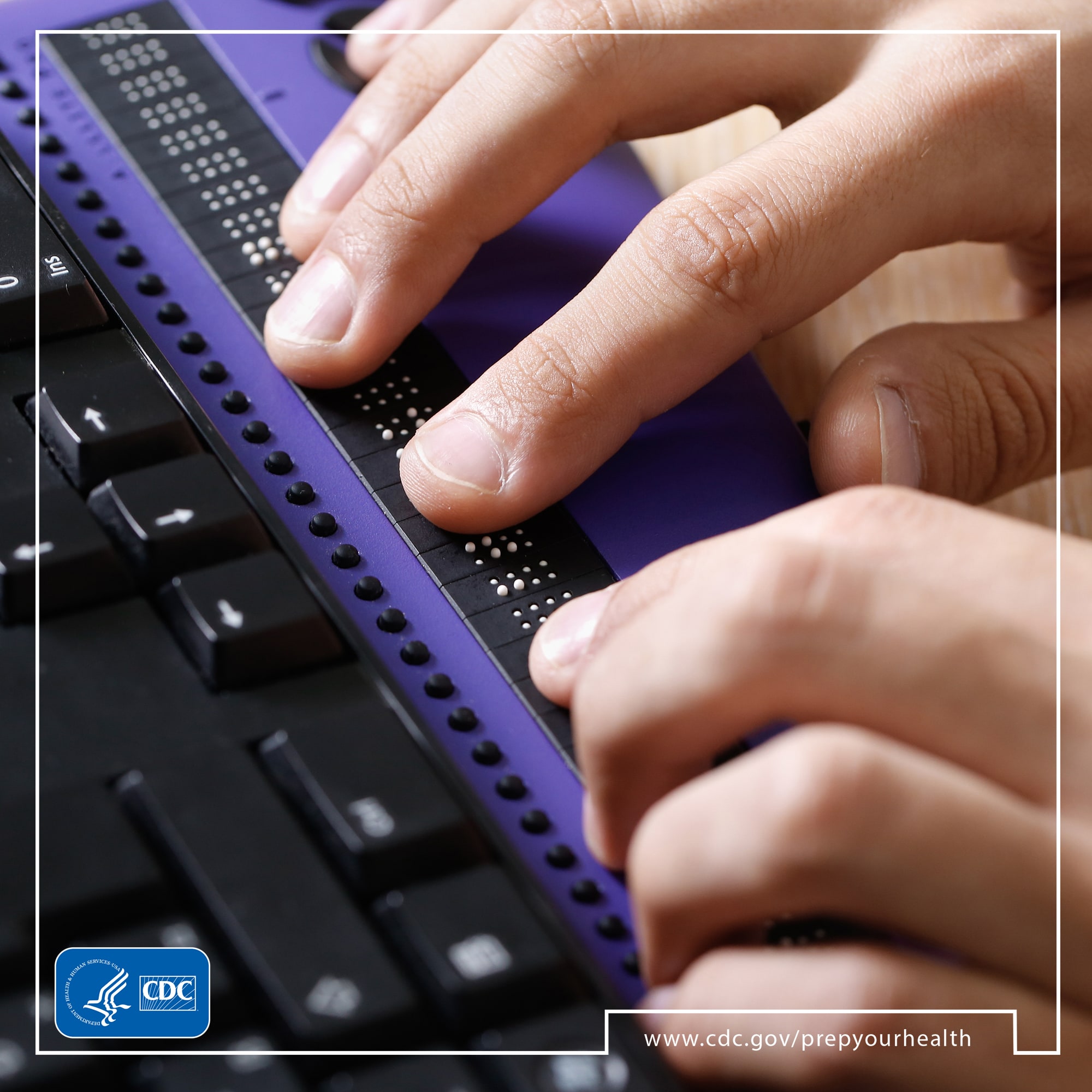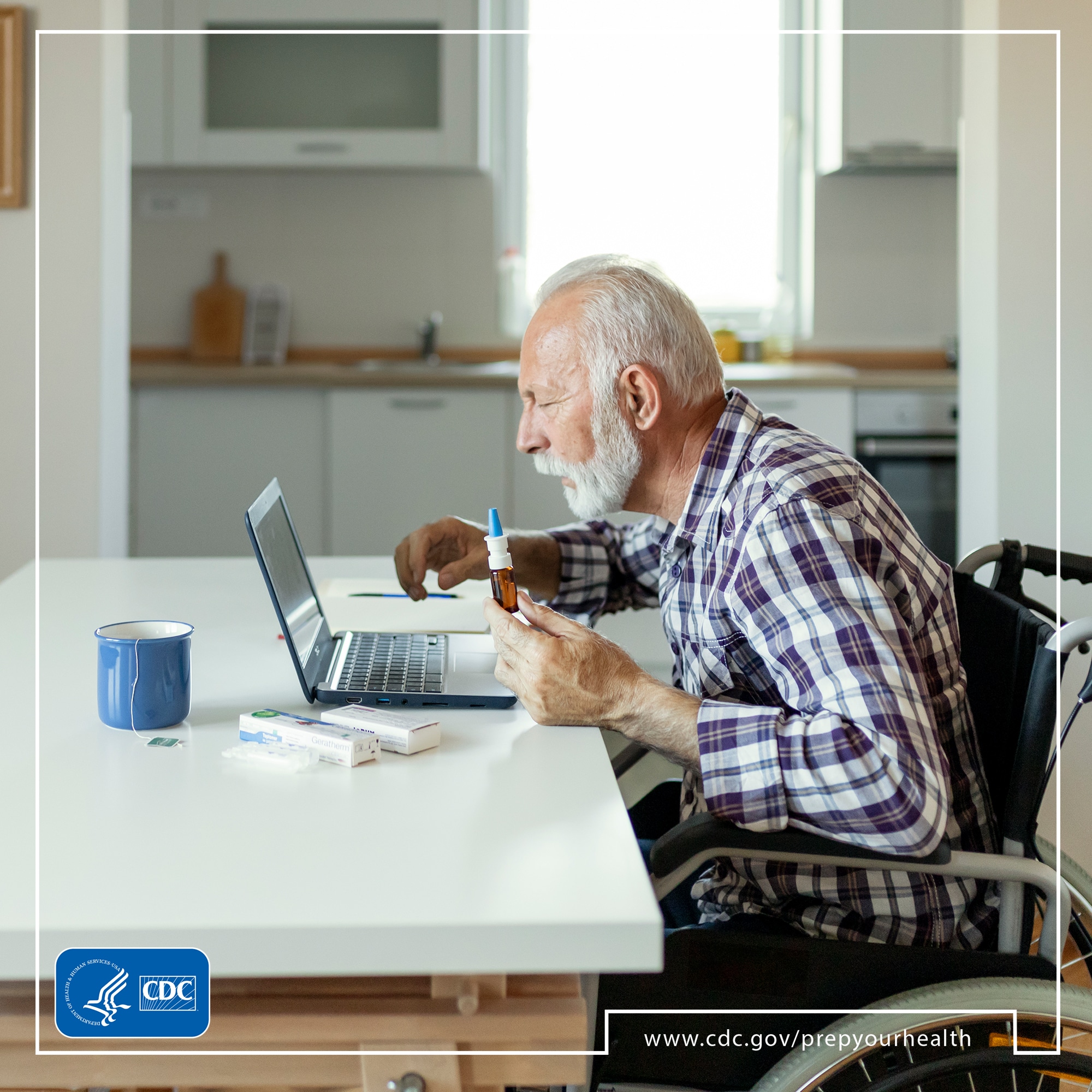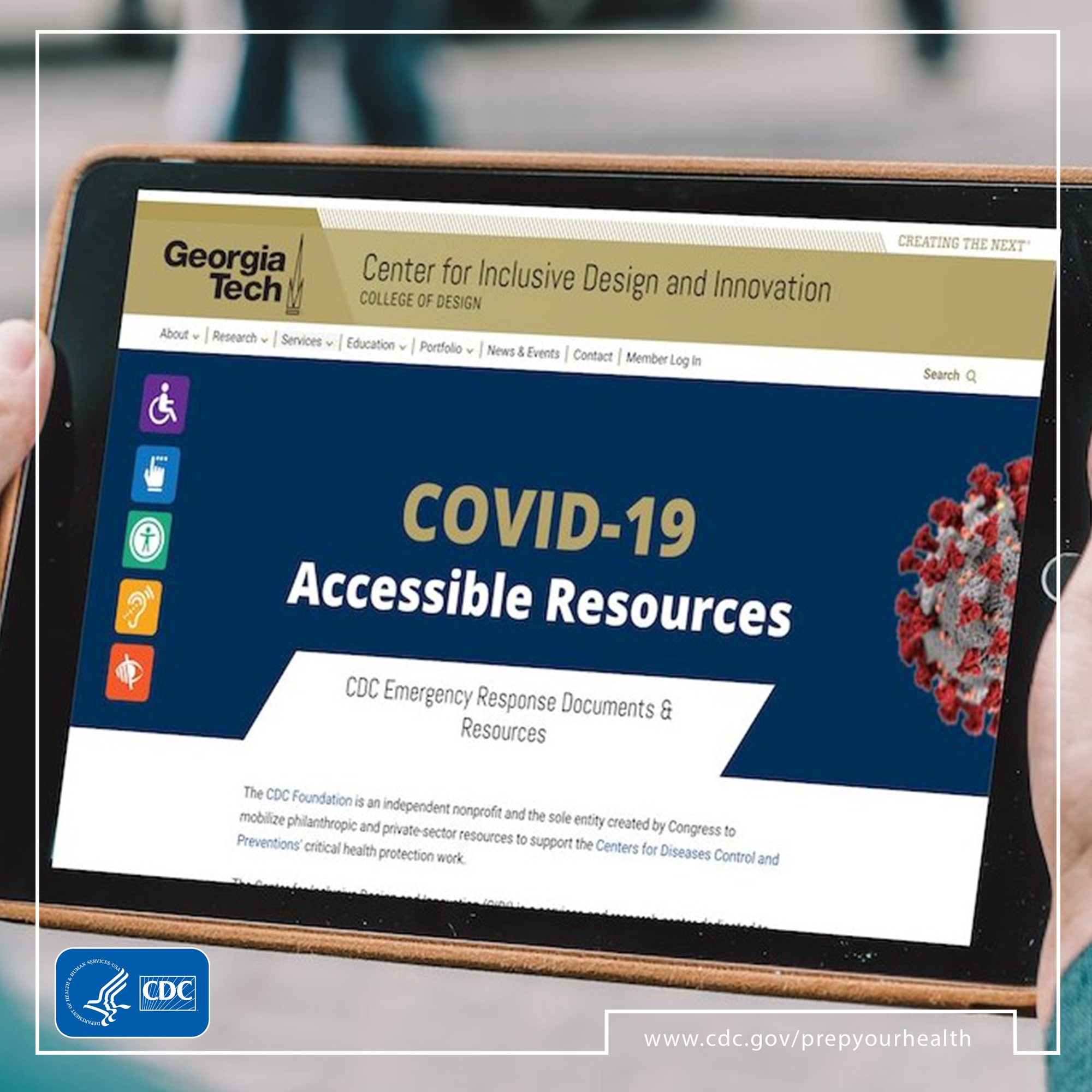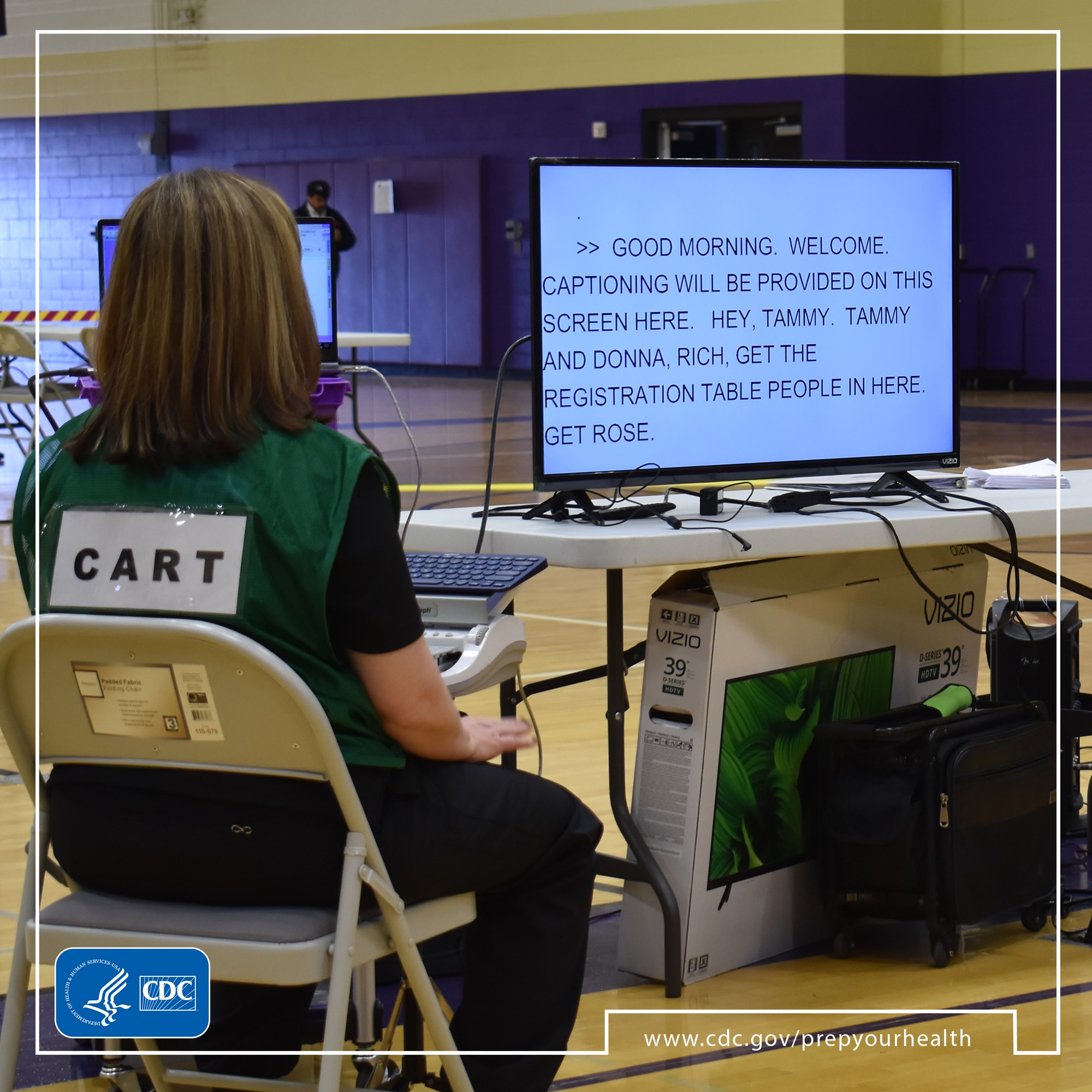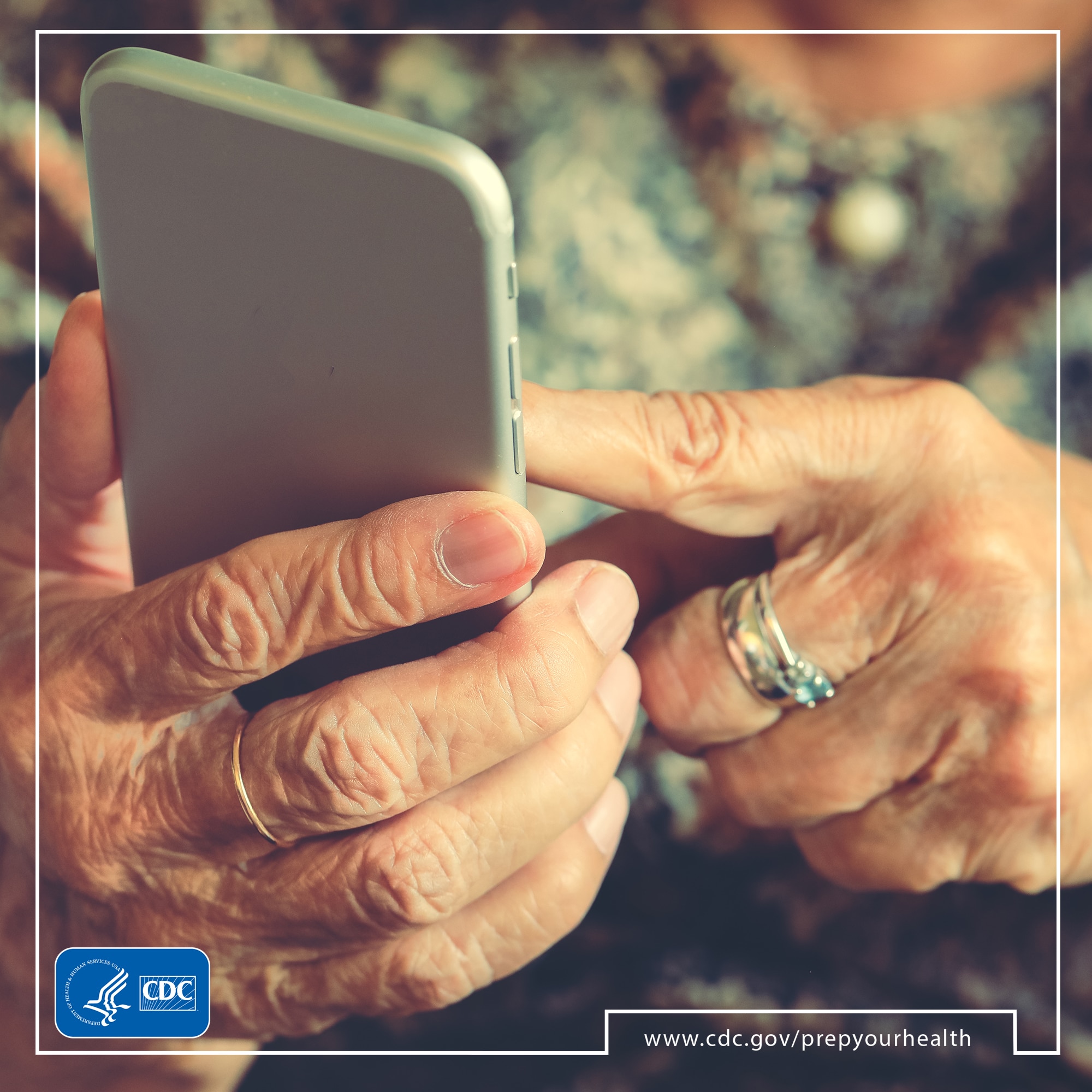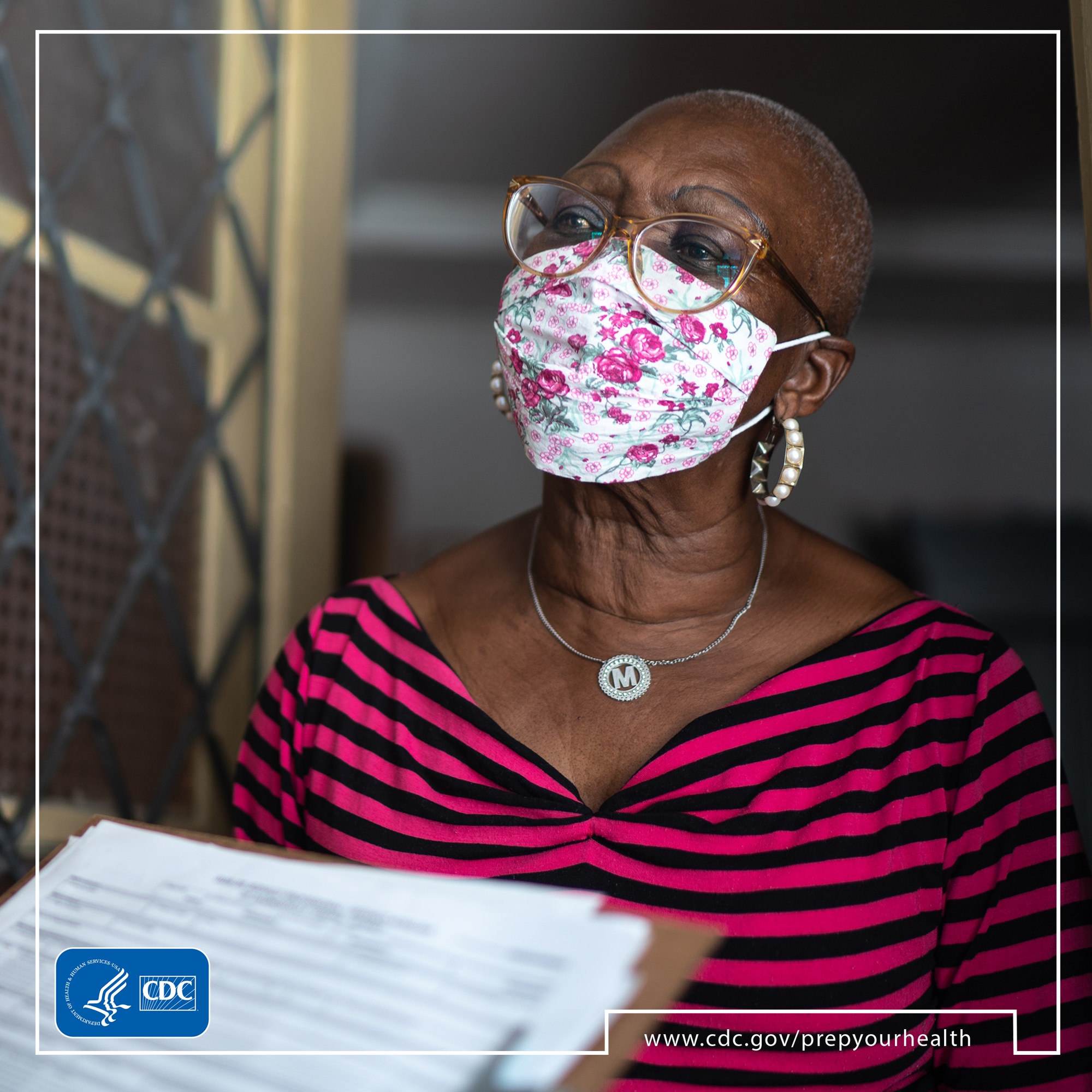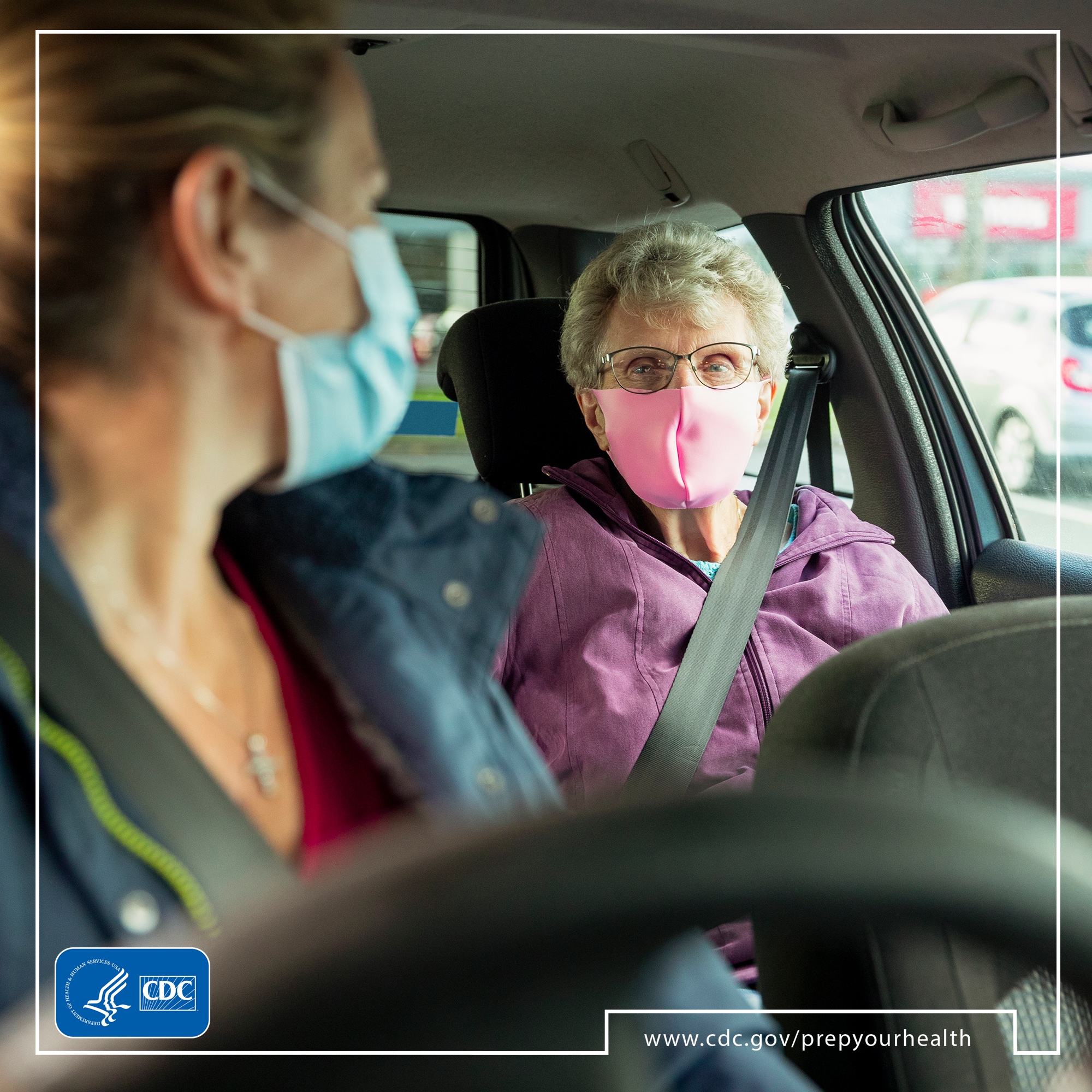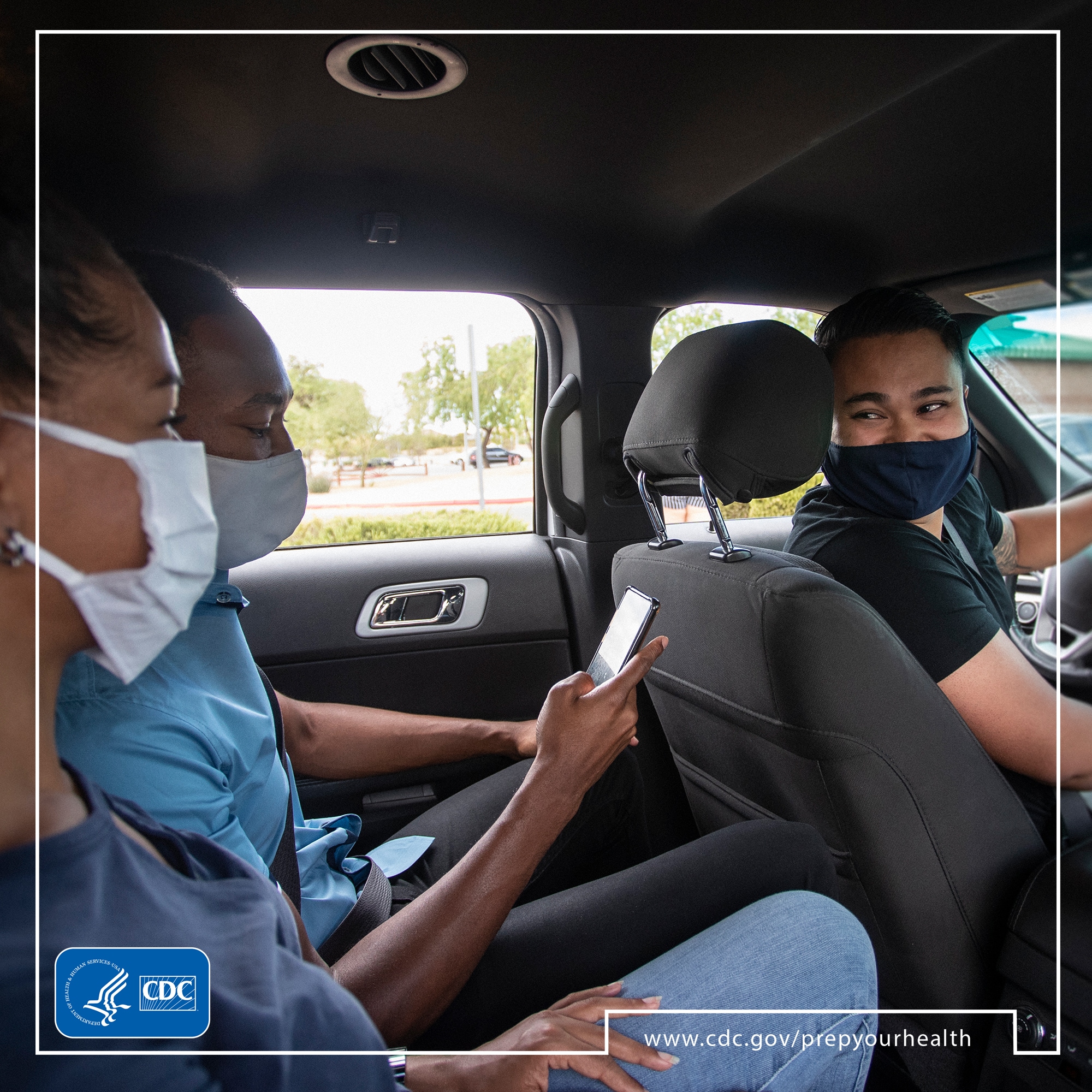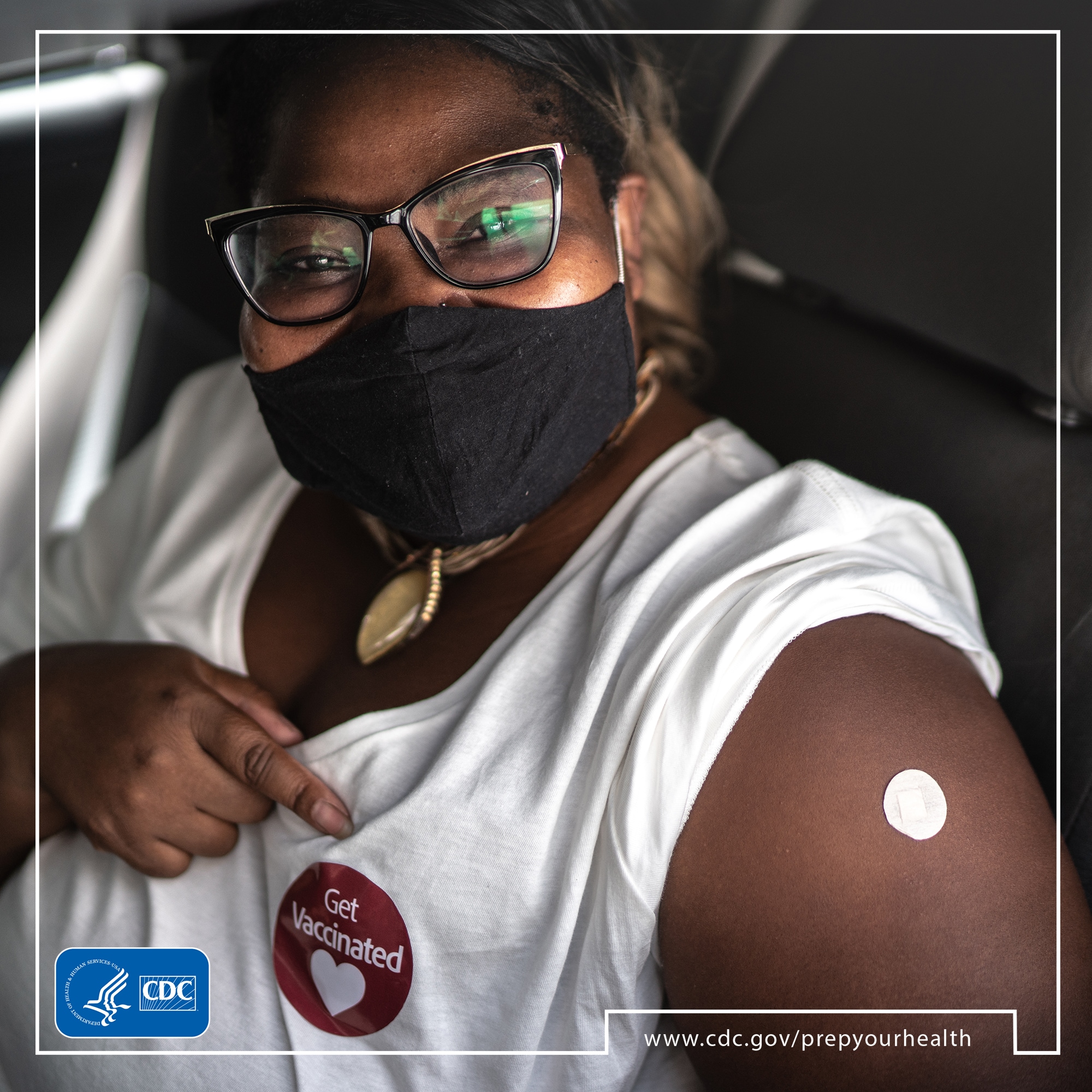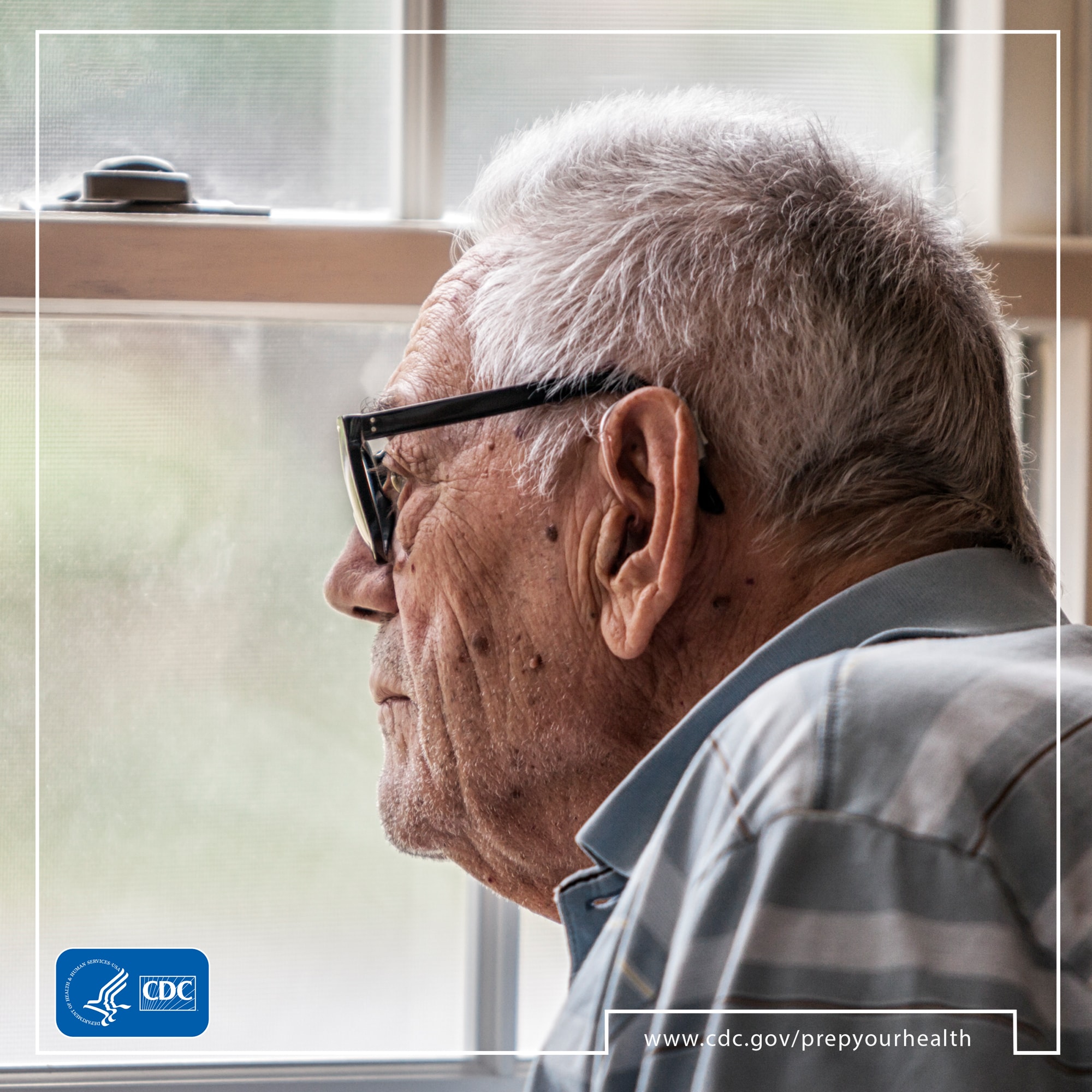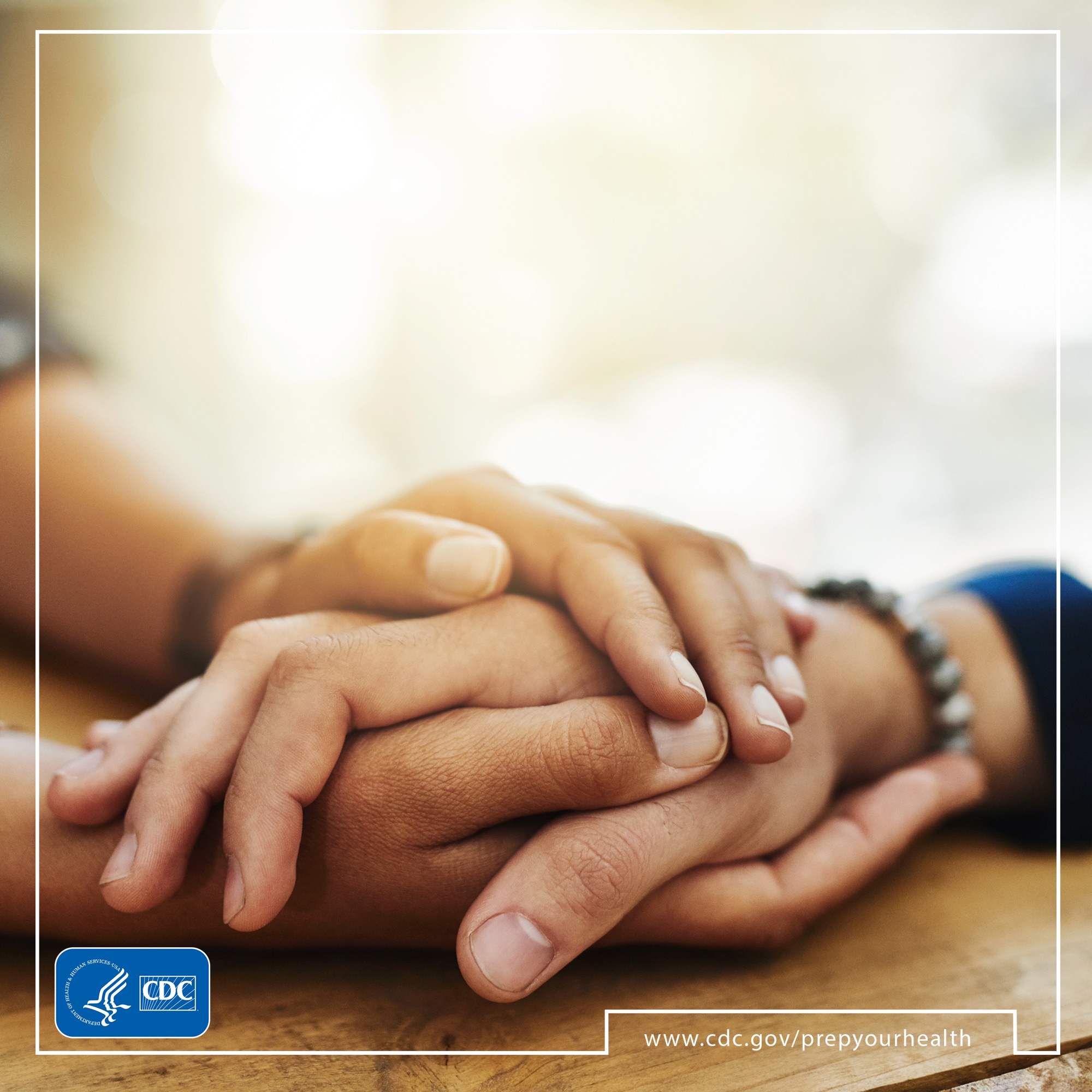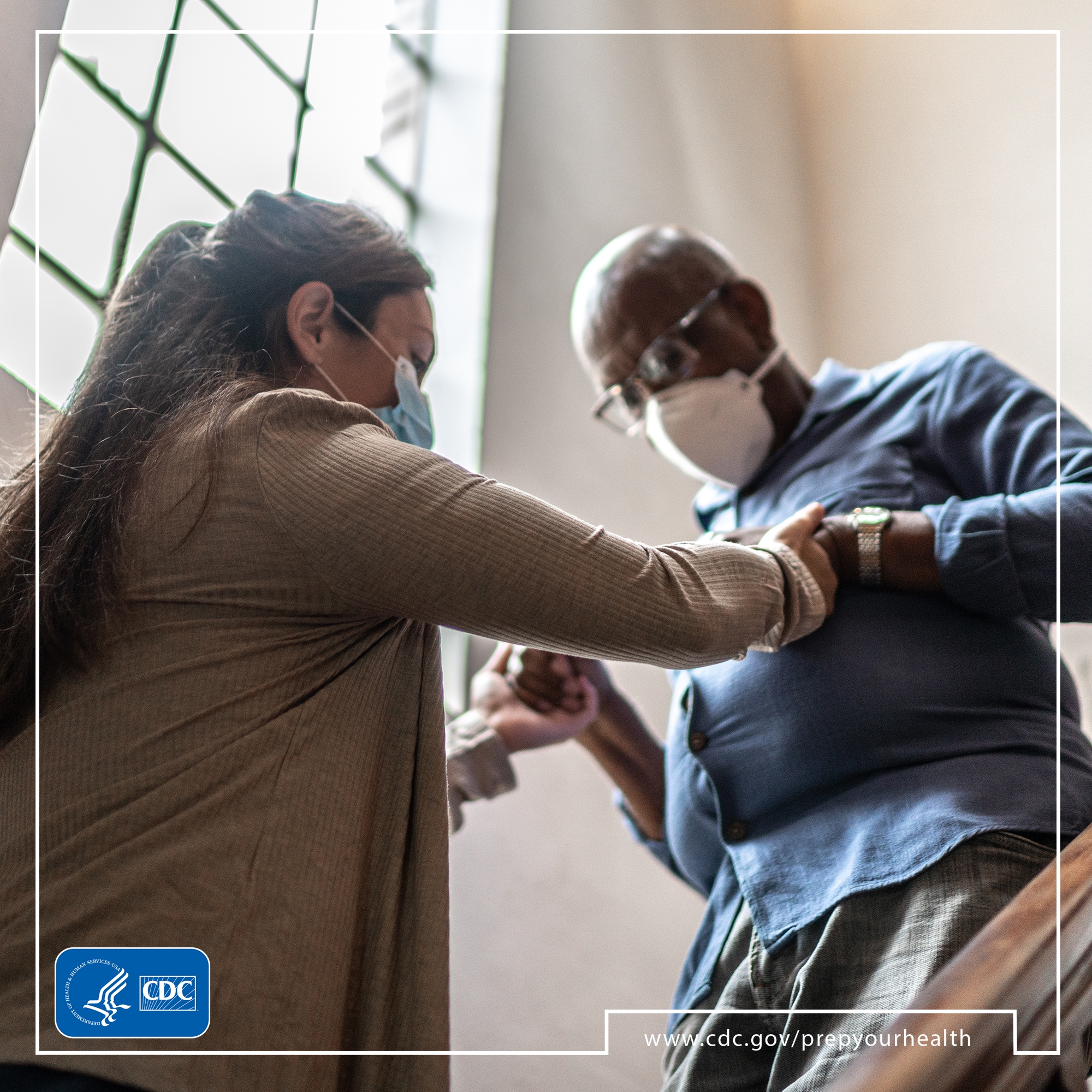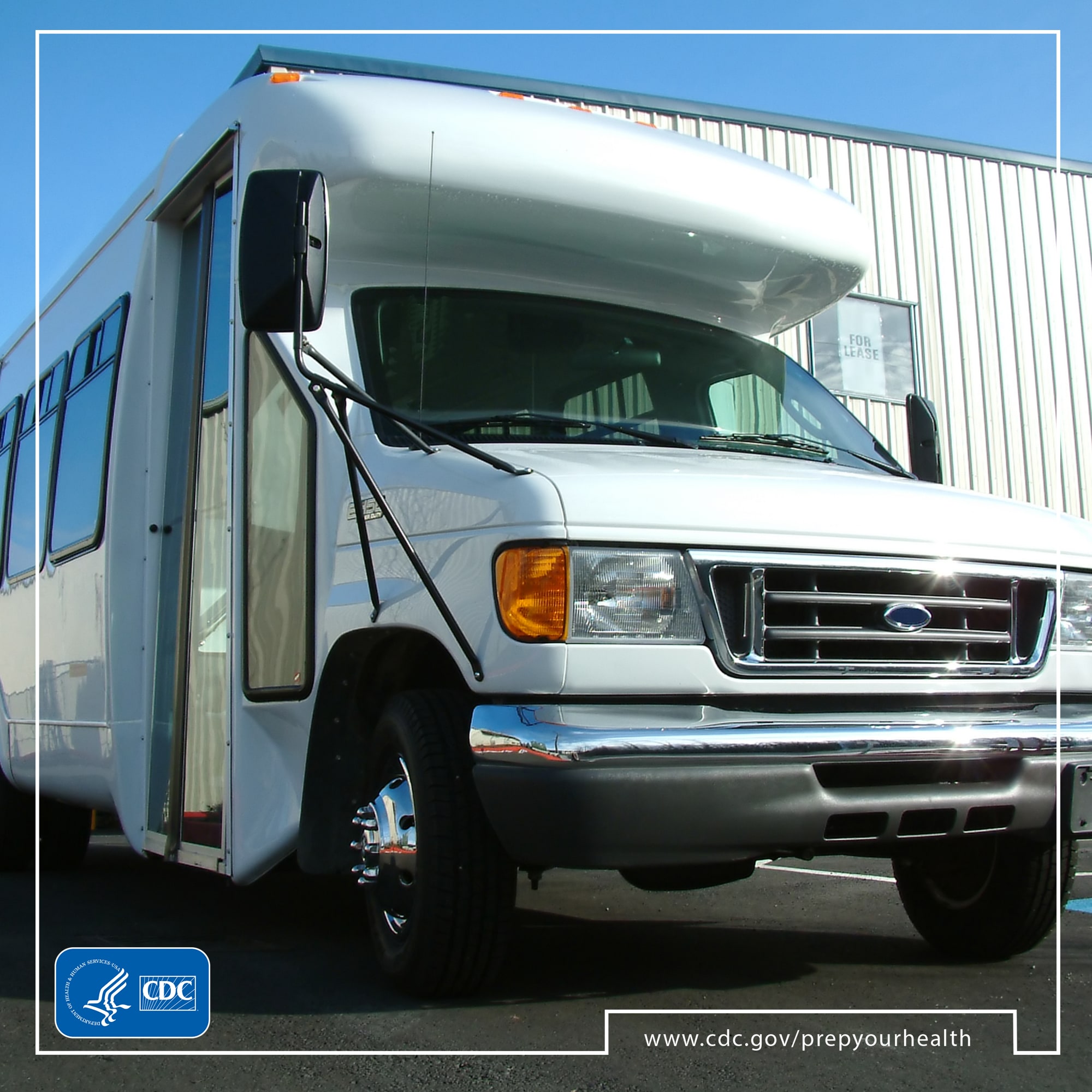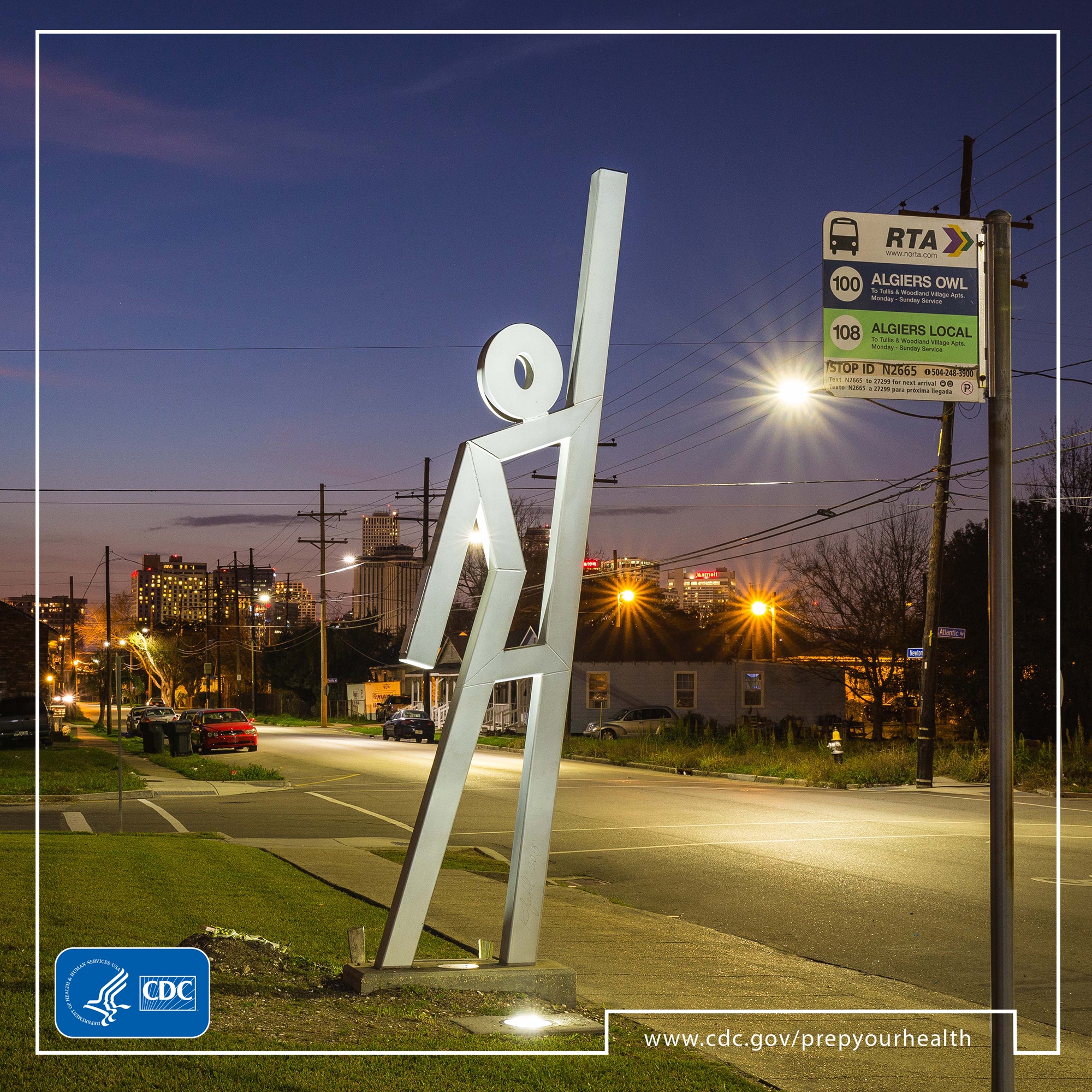Bring Down Barriers
This Digital Media Toolkit suggests ways people can bring down barriers to emergency preparedness and response. This emphasis builds on previous #PrepYourHealth social media content to bring additional focus to the needs of all populations affected by disasters.
Long-standing systemic and social inequities have created health disparities that put many people, including people with disabilities and from racial and ethnic minority groups, at increased risk during and after disasters.
Health disparities can result from inequities in living, working, health, and social conditions. These conditions can isolate people from the resources, supplies, and services they need to prepare for and respond to natural disasters, disease outbreaks, and other emergencies.
This toolkit suggests ways people can work together to reduce and remove barriers to emergency preparedness and response. Emergency preparedness and response equity occurs when everyone can be as prepared as possible.
Common Barriers to Participation
People face challenges that can make it difficult or impossible for them to prepare for, respond to, and recover from an emergency. Often, more than one barrier occurs at a time. Some of the most common are communication barriers, programmatic barriers, social barriers, and transportation barriers. Bringing down these barriers requires the whole community to work together.
Communication Barriers
Communication barriers can be experienced by different populations of people. They include people who have limited English proficiency; people who live with disabilities that affect hearing, vision, speaking, reading, writing, or understanding; and people who use non-verbal communication. Examples of communication barriers include:
- Information products that are neither Section 508 compliant nor accessible to persons with disabilities
- Videos without captions
- Media briefings and community meetings without sign language interpretation and real-time captioning
- Information and products delivered in a manner that is not culturally or linguistically appropriate for the intended audience
- Information that isn’t written in plain language or available in multiple languages and alternate formats
- Misinformation and rumor
Programmatic Barriers
Programmatic barriers limit the effective delivery of a public health or healthcare program for people with different types of disabilities and social needs. Examples of programmatic barriers include:
- Scheduling or registration processes that are inconvenient or inaccessible for some people
- Unpredictable work hours or unemployment
- Little, inappropriate, or no communication with disproportionately affected communities
Social Barriers
Social determinants of health are conditions in the places where people live, learn, work, and play that affect a wide range of health and quality of life risks and outcomes. Social barriers related to the conditions in which people live, learn, and work can contribute to health disparities. Examples of social barriers include:
- Long travel distances
- Physical barriers (e.g., no sidewalks, wheelchair ramps, etc.)
- Limited or no access to computers and the internet (i.e., the digital divide)
- Stigma, prejudice, racism, ableism, and discrimination
Transportation Barriers
Transportation barriers are due to a lack of access to transportation, making it difficult or impossible for a person to be independent and function fully in society. People with physical, cognitive, economic, or other limitations that affect their ability to use motor vehicles are disproportionately affected by inadequate public transportation systems. Examples of transportation barriers include:
- Limited, inconvenient, or no access to accessible transportation
- Physical barriers (e.g., no sidewalks, lack of or inoperable lifts and ramps, etc.)
- Stigmatized attitudes toward people with disabilities
